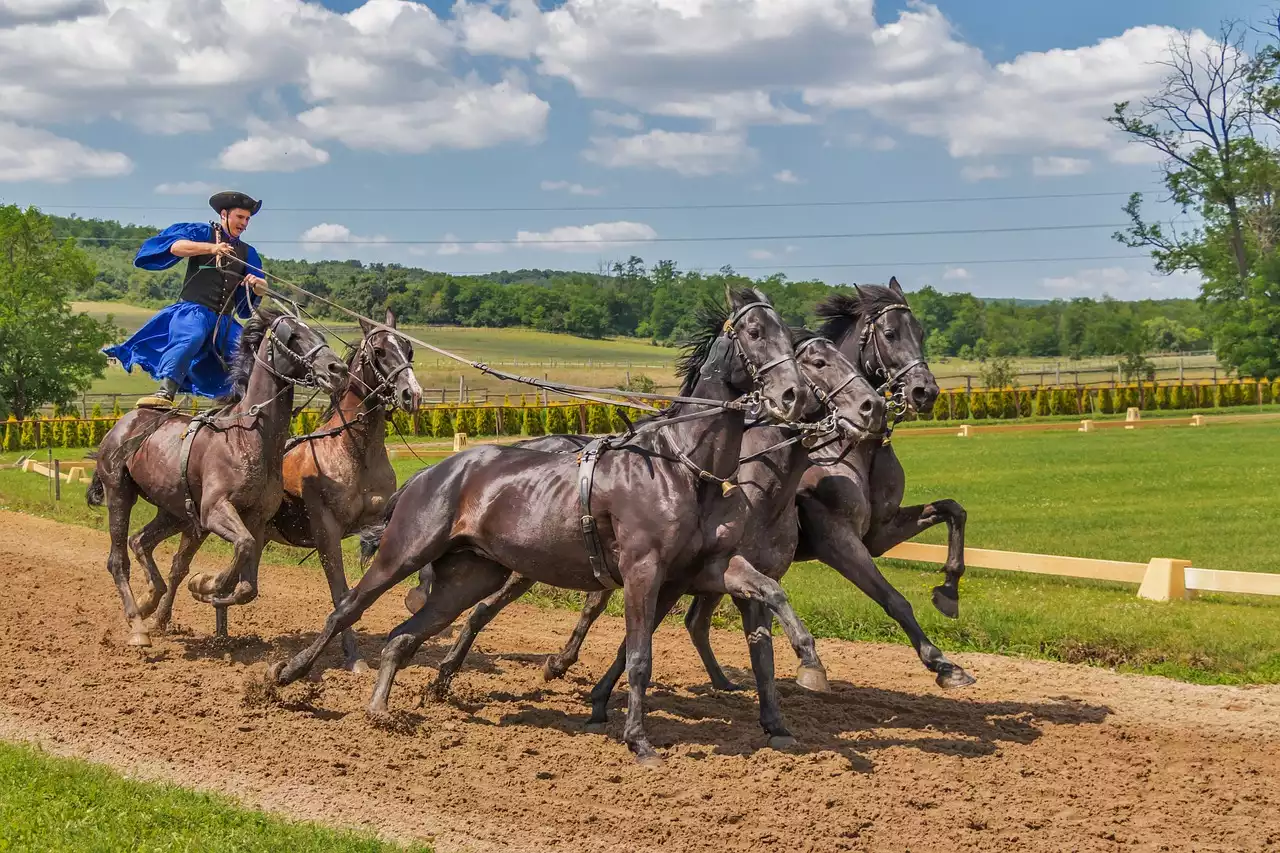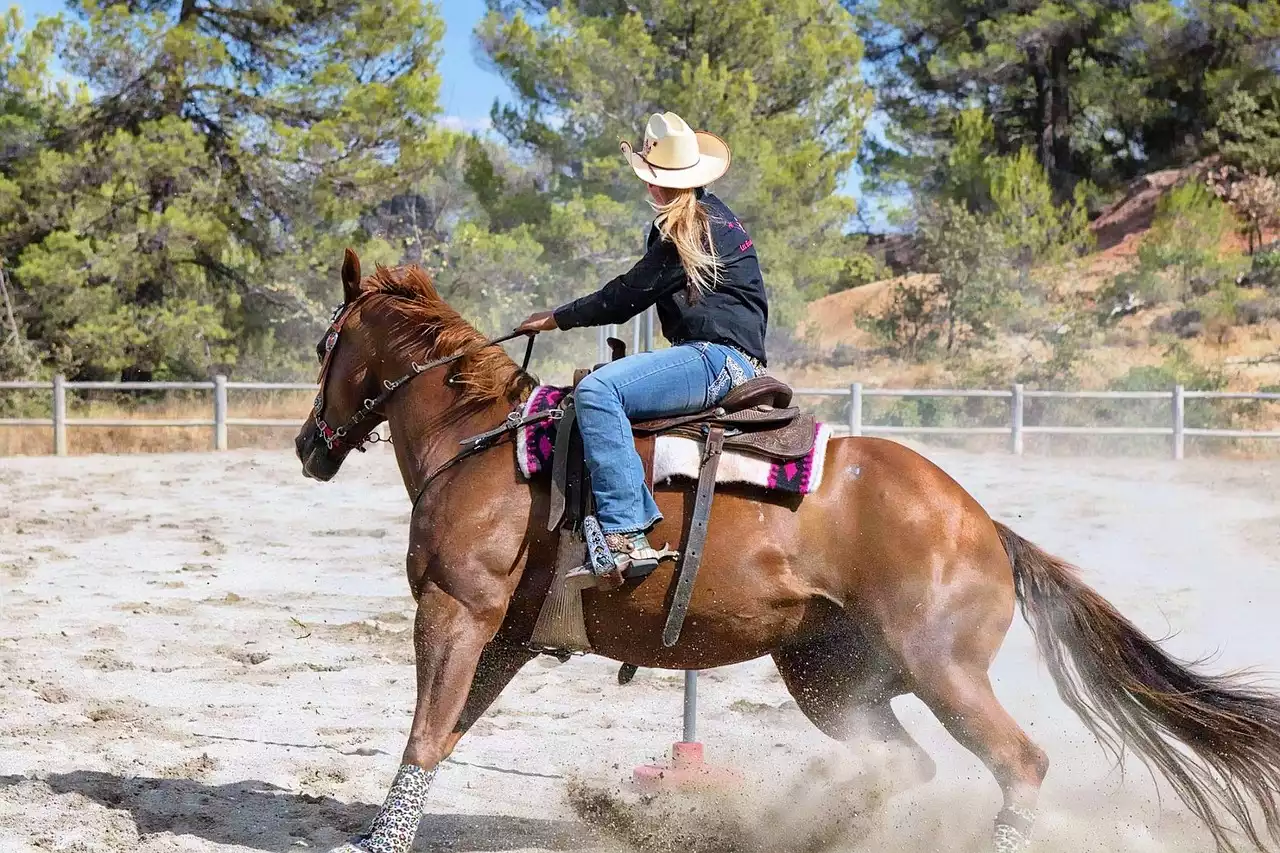History of the Cheltenham Gold Cup
The Cheltenham Gold Cup dates back to 193 when it was first held at the famous Cheltenham racecourse in Gloucestershire. The race was initially an amateur event but was later turned into a professional event. In the event’s early years, it was dominated by Irish horses, with Sunny South being the first non-Irish horse to win the race in 1937. The race was not held from 1939 to 1945 because of World War II, but returned in 1946 and has continued to be held annually ever since. The Cheltenham Gold Cup has grown to become one of the biggest events in the National Hunt calendar and is widely considered the most prestigious race of the Cheltenham Festival.
Preparations for the Cheltenham Gold Cup
The Cheltenham Gold Cup takes place over a distance of 3 miles, 2 and a half furlongs (3 miles and 2½ furlongs). This is the same distance as that run in the other big race of the Cheltenham Festival, the Cheltenham Gold Cup. The race is run on a Tuesday and is the final day of the Cheltenham Festival. The racing kicks off at 10 am, and the Cheltenham Gold Cup is the final race of the day. Horses begin their preparation for the Cheltenham Gold Cup as soon as the previous season ends. The Cheltenham Gold Cup takes place towards the end of the National Hunt season, which runs from around October to April. National Hunt horses usually race around 8 times each season. This means they have plenty of time to prepare for the Cheltenham Gold Cup, which takes place in March.
The course and obstacles of the Cheltenham Gold Cup
The Cheltenham Gold Cup is run over a distance of 3 miles, 2 and a half furlongs on the same course as the Cheltenham Gold Cup. There are 15 obstacles throughout the course, and the horses jump these in reverse order. The Cheltenham Gold Cup course is renowned for being difficult, and many horses have fallen at it in years past. However, this section of the article will be updated when the course has been published for the 2019 race. Horses start the race from the third last fence, the climb-out after the water jump. They then jump the rail, a brush fence, the hurdles, a pair of triple bar fences, a brush fence, another triple bar fence, a brush fence, a load, a pair of triple bar fences, and the water jump. They then jump the dismount after the water jump, the brush fence, the hurdles, a pair of triple bar fences, a brush fence, another triple bar fence, a brush fence, a hurdle, a pair of triple bar fences, the brush fence, and the rail.
The atmosphere and appeal of the Cheltenham Gold Cup
The Cheltenham Gold Cup is one of the most anticipated and eagerly awaited events on the racing calendar. Held annually over the four days of the Cheltenham Festival, the race attracts some of the best horses in the world, with many of the leading stables in the country vying for the title. It is the pinnacle of National Hunt racing and the race that everyone wants to win. The Cheltenham Gold Cup is one of the most anticipated and eagerly awaited events on the racing calendar. Held annually over the four days of the Cheltenham Festival, the race attracts some of the best horses in the world, with many of the leading stables in the country vying for the title. It is the pinnacle of National Hunt racing and the race that everyone wants to win. The Cheltenham Gold Cup is a truly exhilarating experience and one that is not to be missed.
Tips for attending the Cheltenham Gold Cup
The Cheltenham Gold Cup is one of the most eagerly awaited events on the racing calendar and is the highlight of the Cheltenham Festival. Held annually over the four days of the Cheltenham Festival, the race attracts some of the best horses in the world, with many of the leading stables in the country vying for the title. It is the pinnacle of National Hunt racing and the race that everyone wants to win.









